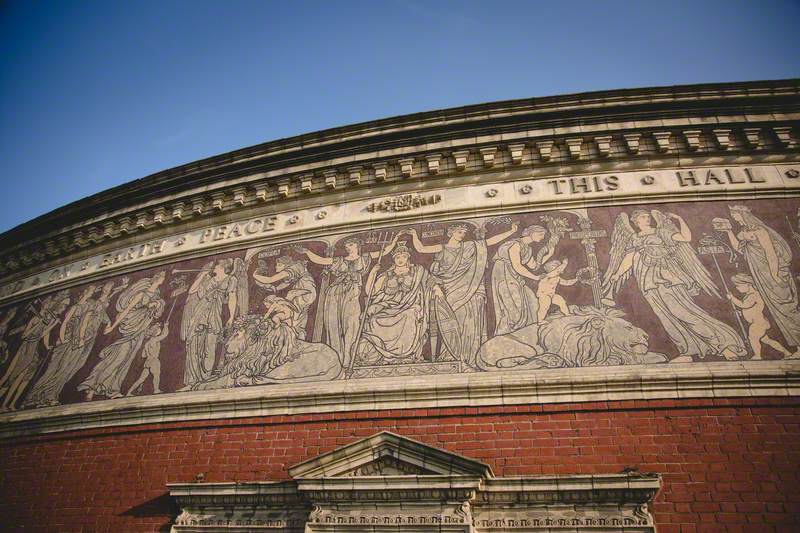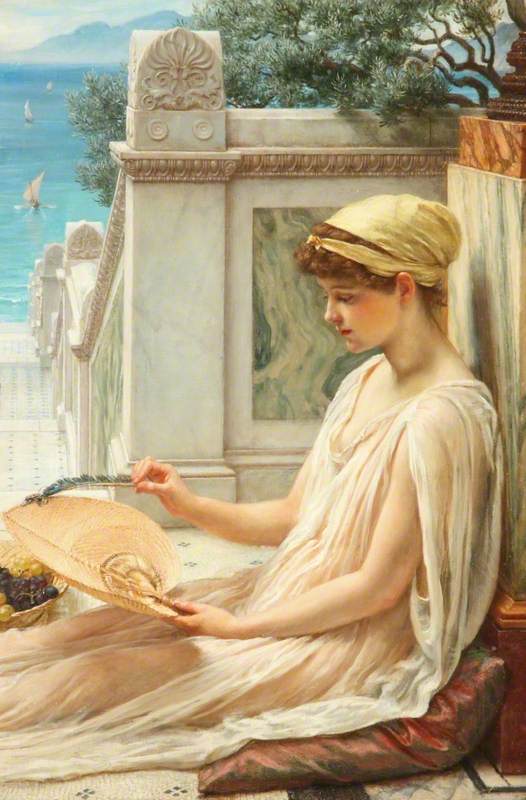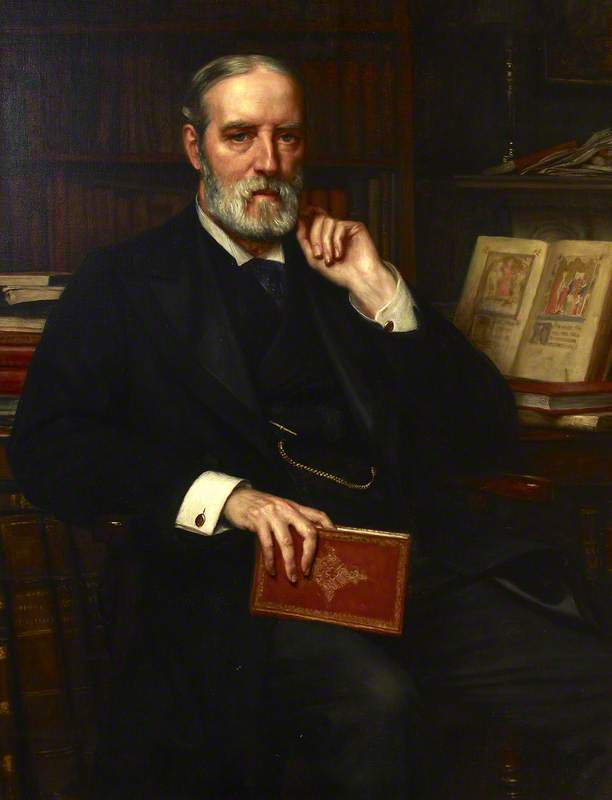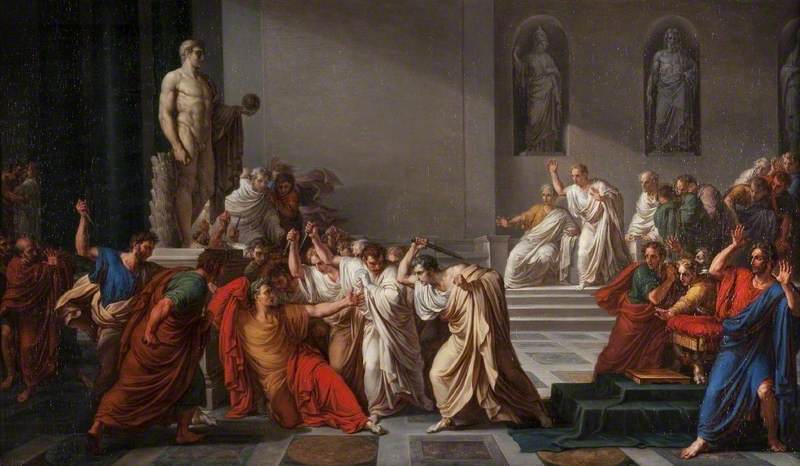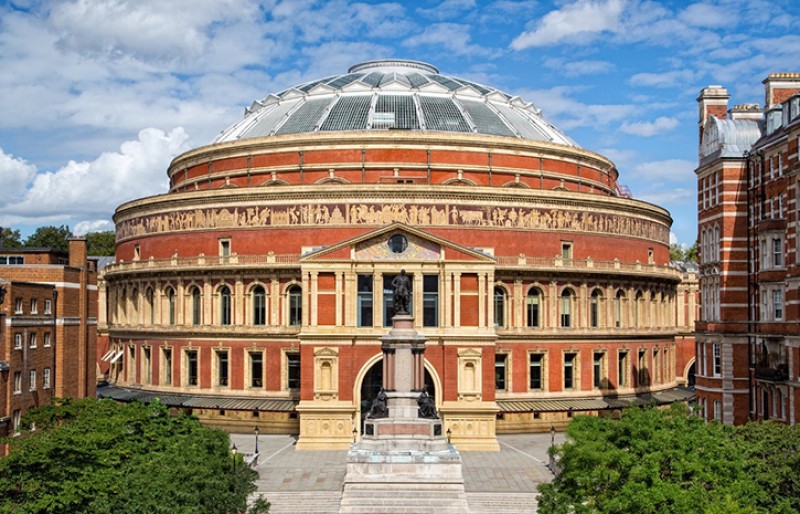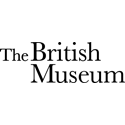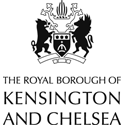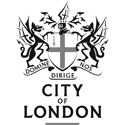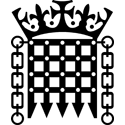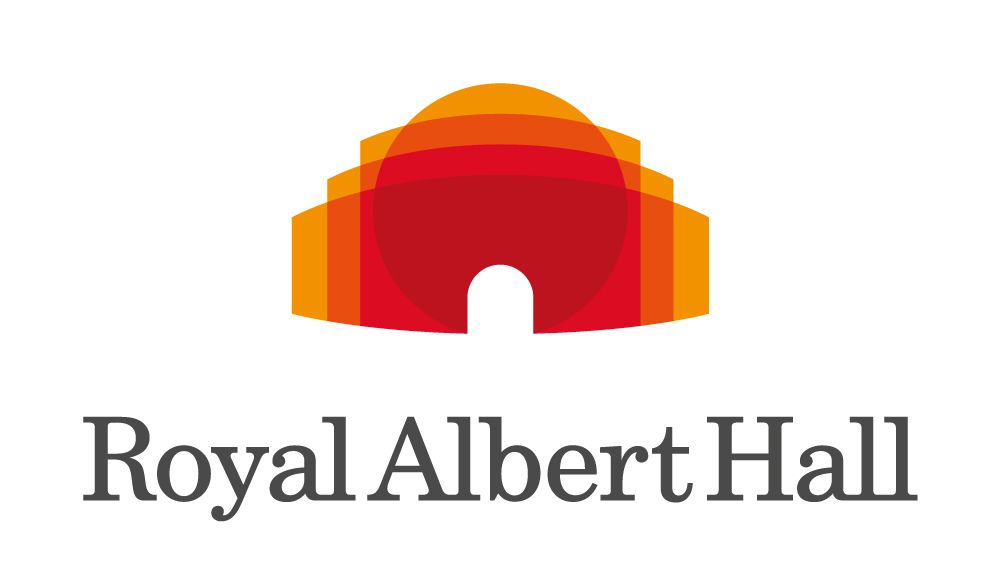
(b Paris, 20 Mar. 1836; d London, 26 July 1919). English painter and administrator, son of the architect Ambrose Poynter, and great-grandson of the sculptor Thomas Banks. He formed his academic style in Italy (1853–4), where he met Frederic Leighton and admired Michelangelo above all other artists, and in Paris (1856–9), where he studied with Gleyre. His reputation was made with the huge Israel in Egypt (1867, Guildhall AG, London) and he became one of the most popular painters of the day with similar elaborate historical tableaux in which he displayed his great prowess as a draughtsman (The Catapult, 1868, Laing AG, Newcastle upon Tyne). In his later career, however, he confined himself to smaller works, similar to Alma-Tadema's classical genre scenes, devoting his time mainly to administration: he was the first Slade professor at University College London, 1871–5; principal of the National Art Training School (now the Royal College of Art); director of the National Gallery, 1894–1904; and president of the Royal Academy, 1896–1918.
Text source: The Oxford Dictionary of Art and Artists (Oxford University Press)


